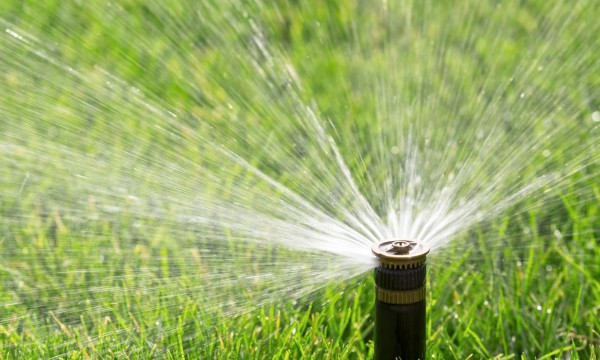A beautiful lush lawn is the dream of every gardener. Installing a lawn sprinkler system can make your life easier and save you water. Choose between a manual or an automatic system: A manual system is easier and less expensive to install and requires no electrical connections, whereas an automatic sprinkler system allows you to water the lawn at the flick of a switch and can even carry on watering when you're away on vacation. [Photo Credit: istock.com/MariuszBlach]








